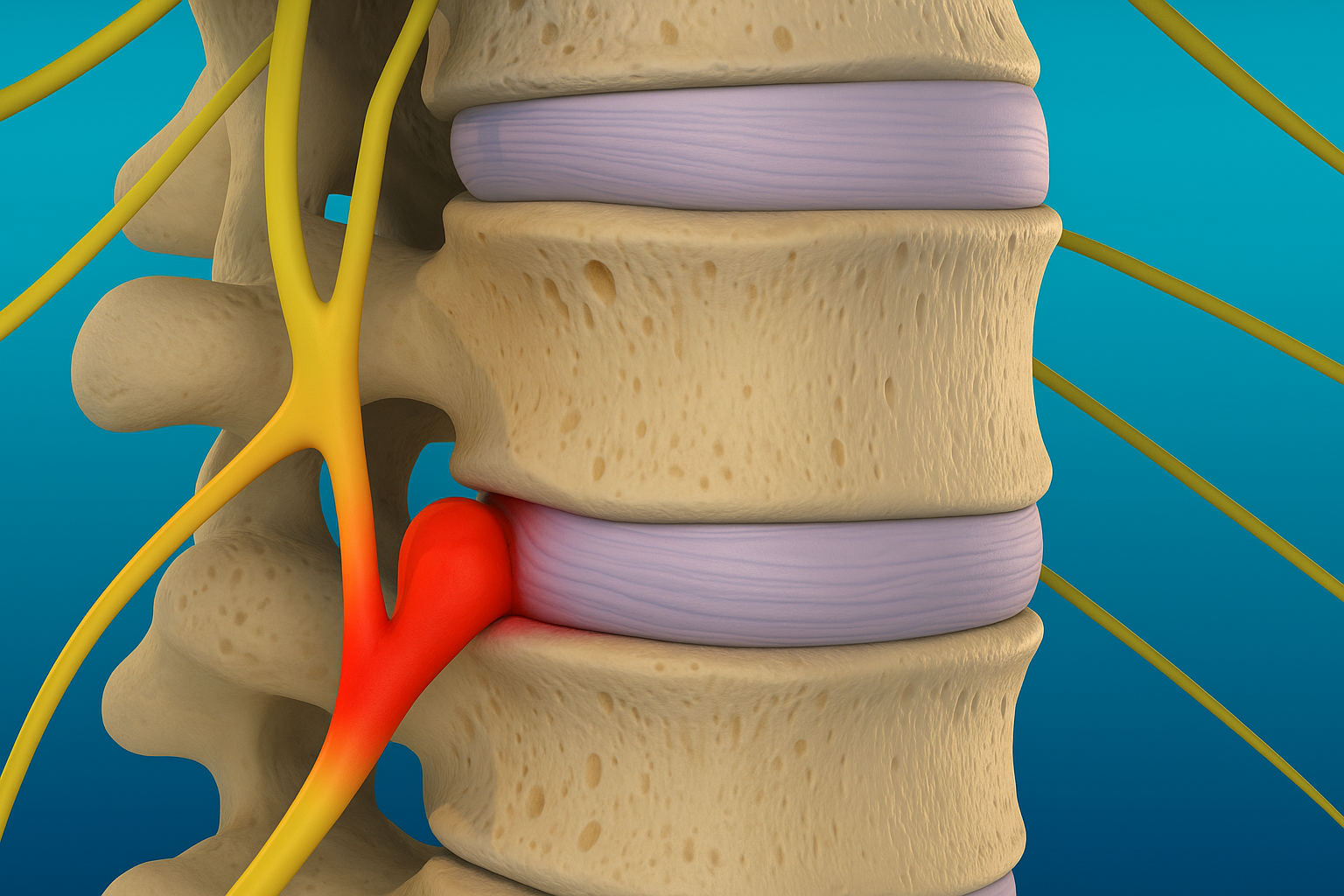Subluxations: Causes, Symptoms, and Treatments


What is a Subluxation?
Joint subluxation is defined as a partial dislocation of a joint, wherein the articulating surfaces retain some degree of alignment. This condition often arises due to acute trauma or repetitive strain. However, intrinsic disorders that compromise ligamentous integrity can also act as predisposing factors. The therapeutic approaches for subluxations include manual joint realignment, analgesic agent administration, physical therapy, and, in severe cases, surgical intervention. This article provides an in-depth analysis of the various types of subluxation, causative factors, clinical manifestations, and therapeutic methodologies related to this condition.
Joint Subluxation Symptoms
Unlike a complete luxation, where the joint surfaces experience a total dislocation, subluxation indicates only a partial separation. The symptoms can manifest with varying degrees of severity, encompassing:
- Pain and Swelling: Typically the initial symptom, pain can span from mild discomfort to acute severity, contingent upon the subluxation’s magnitude. This is often accompanied by swelling in the vicinity of the affected joint.
- Joint Instability: A sensation that the joint may collapse or lacks its usual stability.
- Reduced Mobility: A diminished range of motion in the impacted joint, rendering specific movements arduous or painful.
- Numbness and Tingling: Owing to nerve impingement or irritation, an individual might perceive a pins-and-needles sensation around the joint or extending to the limbs.
- Weakness: The musculature surrounding the affected joint may exhibit reduced strength, hindering weight-bearing or routine activities.
- Bruising: Trauma to blood vessels during the injury can result in discernible bruising.
Difference Between Subluxation and Complete Dislocation
To thoroughly comprehend joint subluxation, it’s vital to differentiate it from luxation:
- Subluxation: Denotes a partial dislocation with the joint surfaces maintaining some contact. Its manifestation can be nuanced, and at times, individuals might remain unaware of the joint misalignment. Clinical symptoms can range from mild discomfort to acute pain and swelling.
- Luxation (Complete Dislocation): Here, the adjacent bony structures of the joint lose all connectivity. This misalignment is generally evident and is accompanied by severe pain, warranting immediate medical attention.
Common Joints Affected by Subluxation
Certain anatomical joints are more susceptible to subluxations:
- Vertebral Subluxation: Primarily resulting from trauma, incorrect posture, or repetitive motions. Such events can weaken ligamentous structures and exert undue pressure on neural elements, leading to radiating discomfort.
- Shoulder Subluxation: Represents a partial dislocation of the humeral head from its scapular socket, mainly due to significant trauma or recurrent overhead motions.
- Patellar Subluxation: Defined by the lateral shift of the patella from its femoral groove, usually triggered by direct trauma or ligamentous laxity.
- Elbow Subluxation: Often occurs when an individual counters a fall with an outstretched arm. In pediatric demographics, naturally lax ligaments can result in the condition termed “nursemaid’s elbow.”
What Causes Joint Subluxation?
The primary etiological factors for joint subluxation encompass traumatic events, including:
- Blunt Trauma: Stemming from vehicular mishaps, sports-related collisions, or falls.
- Repetitive Strain: Due to athletic or occupational activities.
- Hyperextension Injuries: Exceeding the joint’s natural range of motion. Additionally, inherent hypermobility of joints, as seen in conditions like hypermobility syndromes or arthritic ailments, can be predisposing factors.
Hormonal shifts during pregnancy can also lead to ligamentous laxity, increasing the risk of subluxation. Moreover, congenital joint laxity, where individuals possess naturally flexible joints, can be a significant contributor.
Diagnosing a Subluxation
A meticulous physical examination, augmented by imaging modalities, is paramount. The clinician will assess for swelling, tenderness, and restricted movement. Specific maneuvers might be executed to reproduce the instability and associated discomfort.
Advanced imaging techniques, such as X-rays, CT scans, or MRIs, provide an intricate view of the joint misalignment and any concomitant tissue damage. Each diagnostic tool has its inherent risks and advantages, with the selection often hinging on the specific scenario and the joint in question. Prompt diagnosis is essential to avert complications.
Treatment Options
The initial line of treatment involves manual realignment methodologies. Subsequently, the RICE protocol (rest, ice, compression, elevation) is implemented to mitigate inflammation and discomfort. Immobilization and pharmacological interventions can provide additional relief.
In instances where conservative strategies prove ineffective, surgical measures might be warranted. This could encompass techniques such as arthroscopy or open surgical procedures to mend damaged structures and fortify the joint. Each therapeutic modality, whether conservative or surgical, possesses its unique risks and advantages. Post-intervention, physiotherapy and rehabilitation are pivotal in reinstating strength and functionality.
Alternative Treatment Options
Within the domain of joint subluxation, a significant number of patients, often in pursuit of holistic or non-invasive remedies, gravitate towards alternative therapies. These encompass:
- Acupuncture: A time-honored Chinese modality that involves the insertion of slender needles at specific body points. It’s postulated to activate the body’s endogenous analgesics and augment blood circulation, potentially assisting in alleviating pain and inflammation associated with subluxation.
- Chiropractic Adjustments: Chiropractors employ manual spinal manipulations and other hands-on techniques to rectify misaligned vertebrae. This can aid in reinstating mobility to joints hampered by tissue injuries resulting from traumatic incidents.
- Massage Therapy: Through the manipulation of the body’s soft tissues, massage therapy can alleviate muscular tension, enhance circulation, and foster relaxation, all of which can expedite the healing trajectory of a subluxated joint.
- Botanical Anti-inflammatory Agents: Natural botanicals such as turmeric, ginger, and willow bark possess properties that can diminish inflammation and provide analgesic relief. These can be ingested in diverse forms, including teas, capsules, or topical applications.
Nevertheless, while these treatments can offer symptomatic relief, it’s imperative to liaise with a medical professional prior to initiating any alternative therapies to ensure they don’t contravene existing treatments or exacerbate the condition.
Possible Problems if Left Untreated
Neglecting or postponing treatment for joint subluxation can culminate in enduring complications:
- Chronic Pain: Persistent misalignment can result in ongoing discomfort, impinging on daily routines and overall life quality.
- Reduced Mobility: Over time, untreated subluxation can lead to rigidity and a marked reduction in the joint’s range of motion, rendering mundane tasks arduous.
- Arthritis: Aberrant joint mechanics can hasten the degeneration of joint surfaces, culminating in osteoarthritis, a progressive joint ailment.
- Nerve Damage: Especially in scenarios involving vertebral subluxation, the misalignment can compress adjacent nerves, manifesting symptoms such as numbness, tingling, and even muscular weakness.
- Frequent Dislocations: A joint that has previously experienced subluxation is more susceptible to subsequent dislocations, particularly if the supporting ligaments are compromised or elongated. It’s of paramount importance to solicit medical intervention promptly to forestall these complications and ensure an optimal therapeutic outcome.
How to Prevent Joint Subluxation
Prophylaxis against joint subluxation, especially for those at an elevated risk, necessitates a comprehensive strategy:
- Strengthening Exercises: Regular engagement in exercises, particularly those targeting the musculature enveloping susceptible joints, can provide enhanced support and stability. This not only wards off subluxation but also facilitates swifter recuperation post-injury.
- Proper Technique: Whether it pertains to weightlifting, sports participation, or daily chores, employing the correct methodology is vital. Adequate technique ensures that undue strain isn’t exerted on the joints, minimizing injury risk.
- Protective Gear: Particularly for athletes or those participating in high-impact endeavors, donning suitable braces, supports, or padding can safeguard the joints from potential trauma.
- Mindfulness: Cultivating an awareness of one’s physiological state is crucial. Recognizing signs of fatigue, pain, or strain and responding judiciously—be it taking a respite, modifying one’s technique, or seeking medical counsel—can avert more grievous injuries like subluxation.
Conclusion
While joint subluxation is less dire than a complete dislocation, it mandates immediate medical attention and care. A profound understanding of its etiology, symptoms, and therapeutic options is indispensable. With diligent care and preventive measures, the majority of individuals can anticipate a complete recovery and diminished likelihood of recurrence.
References
- BMJ Best Practice. (2022). Joint Dislocation. [Link]
- American Academy of Orthopaedic Surgeons. Patellar dislocation and instability in children (unstable kneecap). V [Link]
- American Academy of Orthopaedic Surgeons. Elbow dislocation. [Link]
- American Academy of Orthopaedic Surgeons. Chronic shoulder instability. [Link]

OFFICE HOURS
Monday
10:00am – 1:00pm
3:00pm – 6:00pm
Tuesday
3:00pm – 6:00pm
Wednesday
8:00am – 12:00pm
3:00pm – 6:00pm
Thursday
10:00am – 1:00pm
3:00pm – 6:00pm
Friday
Closed
Saturday
Closed

About the Author
Dr. Evan Norum, co-owner of Advantage Chiropractic in New Berlin, WI, holds a Doctorate of Chiropractic from Northwestern Health Sciences University. Inspired by personal experiences with chiropractic care, he specializes in family-based treatments and is board-certified in chiropractic care, neuropathy, and the Torque Release Technique®. With internships at leading chiropractic centers and co-founding Advantage Chiropractic in 2017, Dr. Evan Norum is dedicated to promoting health from within.

